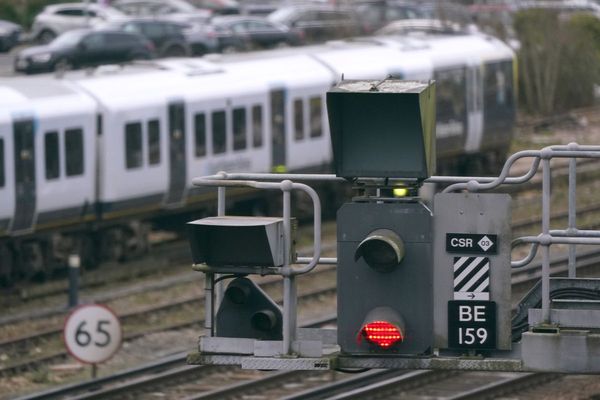One in six shops in Wales is vacant, according to new research from the Welsh Retail Consortium. In the first quarter of this year the rate was 16.5%, compared to 16.3% in the final quarter of 2022. However, it was 0.4% improvement on Q1 of last year (16.9%).
The vacancy rate in Wales is the second highest of any nation or region of Great Britain, behind only the north east of England at 17.5%. The lowest was Greater London at 11%.
Broken down Welsh shopping centres had the highest vacancy rate at 22.3%, compared to 21.9% in the previous quarter, the high street 16.3%, up from 16.2% and retail parks 10,7%, compared to 10.6%.
Sara Jones, Head of Welsh Retail Consortium, said: “These figures underline the torpid recovery in the Welsh shop vacancy rate.
“The level of unoccupied retail premises nudged up in the first quarter of this year and remains stuck above pre-pandemic times. This was the fifth successive quarter in which the proportion of empty units pretty much flatlined at one in six retail premises.
“Retail parks were once again the stand-out performer, with shopping centres lagging. Several factors are holding back retailers and other firms from taking on empty stores, including the costs crunch and lower shopper footfall due to the shift towards hybrid working and online purchasing.
“The cost of operating remains an acute issue. Retailers in Wales warmly welcomed the freeze to the headline business rate. However, the freeze shouldn’t be the limit of the Welsh Government’s ambition on rates . The burden remains onerous, and businesses continue to pay a higher rates multiplier than they would in other parts of the UK.
“Rates need recast for the years ahead with a timetable for returning the multiplier to a permanently lower level.”
Lucy Stainton, commercial director, Local Data Company, which compiled the latest date, said: “The stabilisation of vacancy rates across GB is partially indicative of operators, in the main, having a better than expected Christmas but coming into Q1 still cautious and biding their time to see how various macro-economic factors play out into 2023.
“This slowdown in activity along with the balance between pockets of growth versus sustained cost pressures has meant the first part of 2023 has seen comparatively slower structural change.
“That being said, whilst there has been a slowdown in the growth of independent businesses, we are seeing a number of chains return to focus on acquisitions and we predict that activity levels should ramp up between now and the end of the year, as the challenges operators face begin to ease up, with operators adapting their portfolios to meet current consumer demands, within this economic climate.
“It’s encouraging to see vacancy coming down across GB shopping centres, which were badly challenged during the Covid pandemic, more so than any other location type.
“Again this speaks to a cautious return to growth for many chains, as well as more diversity within these schemes, as businesses who have traditionally been more high street focused such as independents, turn their attention to shopping centre assets.”
Read more:







